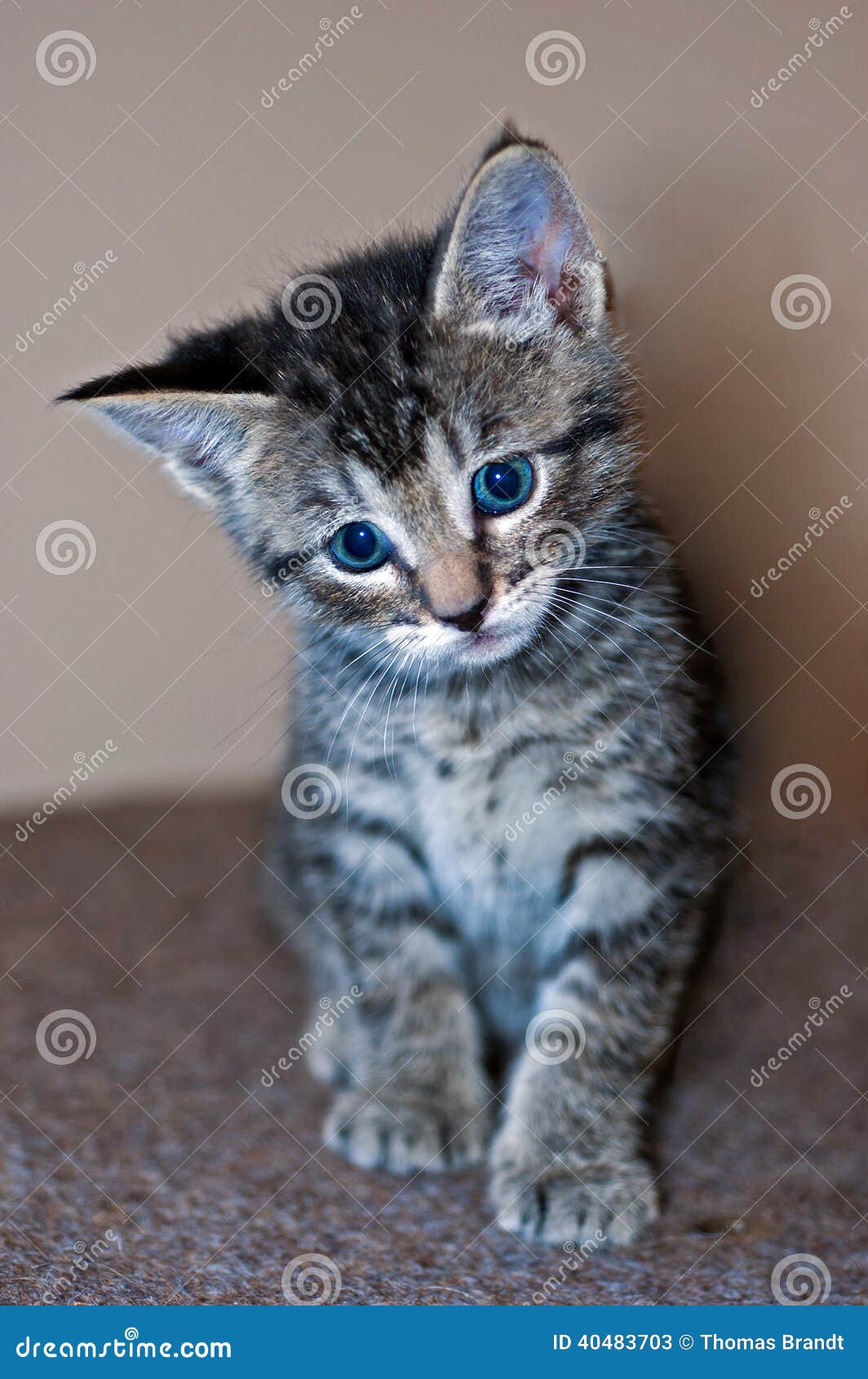
Since some types of coat are the result of recessive genes (such as long hair) and specific mutations (curly and no hair) the type of fur may be a helpful indicator of your cat’s breed. There are four basic types of coats cats can have: long, short, curly, and no hair. From there they no doubt bred with domestics which introduced the pointed (Himalayan) gene into the wider. The pointed gene did originate in the Siamese cat, who arrived in the East in the late 1800s. They typically have white faces, chests, and legs.When it comes to trying to determine what breed a cat is, the most common these domestics are assumed to be: Shorthaired pointed cat – Siamese. They are also called Tortie-and-White cats, since they look similar to a Tortoiseshell, except white. The Traditional Calico cat breeds are tri-color cats, with white, black, and orange patches. Image Credit: Seattle Cat Photo, Shutterstock. The Siamese also has a very distinctive eye-shape (triangular), another key feature of a cat's breed.The 6 Types of Calico Cats. Some breeds, including the British Shorthair, have round heads that match their sturdy bodies. Asian breeds, like the Siamese, have a triangular head and ears, says TICA.

Another good physical indicator is her head. British Blue is the most common color for this breed, but you can also find them in various colors and patterns, including tuxedo. It has no undercoat, and males are noticeably larger than females. The British Shorthair breed has a distinctively stocky body and dense coat. Pedigreed cats are bred by cat breeders and the cats have to meet certain breed standards according to the cat association with which they are registered. Method 1 Considering Basic Indicators 1 Learn about pedigreed cats.It is important to remember that a breed identifier may not be 100% accurate. Compare the results to a list of cat breeds. A bicoloured black and white Snowshoe should have at least one-quarter of the body covered with white, including the white facial pattern and white paws.The cat breed identifier will process the photos and make a guess as to what breed the cat is. The Snowshoe is a rare, blue-eyed, strikingly marked cat with the mask, tail, ears and legs densely coloured often in a single shade. Have the kittens inherited their mother's. The true Siamese cat breed is short-haired - long-haired Siamese are called Balinese cats. Their mother, though, being long-haired, sounds more like a Balinese. Yves and Lucien have the round faces of applehead Siamese kittens and look as if they are Seal Point, in color. If your Tabby cat has tufted ears, it’s possibly a Maine Coon, Ragdoll, or American Lynx, among others. No Showtime for Non-Pedigreed CatsThe American Curl, not surprisingly, is one curled breed that can be a Tabby, and the Scottish Fold, with its folded ears, can also have the Tabby pattern. What does that mean for your furry companion? Let's explore. The answer is quite simple: If your cat came without official papers, it's not a pedigreed cat. Grooming: Easy maintenance.The following list of cat breeds includes only domestic cat breeds and domestic and wild hybrids.The list includes established breeds recognized by various cat registries, new and experimental breeds, landraces being established as standardized breeds, distinct domestic populations not being actively developed and lapsed (extinct) breeds.The following list of cat breeds includes only domestic cat breeds and domestic and wild hybrids.The list includes established breeds recognized by various cat registries, new and experimental breeds, landraces being established as standardized breeds, distinct domestic populations not being actively developed and lapsed (extinct) breeds.The Basic Criteria You might be wondering if your whiskered friend is a pedigreed cat. Personality: Friendly, affectionate, active, loves children. The breed is instantly recognizable by her solid black coat and striking yellow eyes. Bombay: Named after the Indian city that the black panther calls home, the Bombay was developed from a sable Burmese and American Shorthair cat. Other prey: lizards (he likes to remove the tail. He catches and eats: cockroaches, large moths, June beetles, crickets, grasshoppers.

He is quite intelligent and good at catching and killing things. As an adult, he is very shy around strangers, will hide in the closet if anyone comes over, and he is vicious at the vet (scratches, growls, etc).


 0 kommentar(er)
0 kommentar(er)
